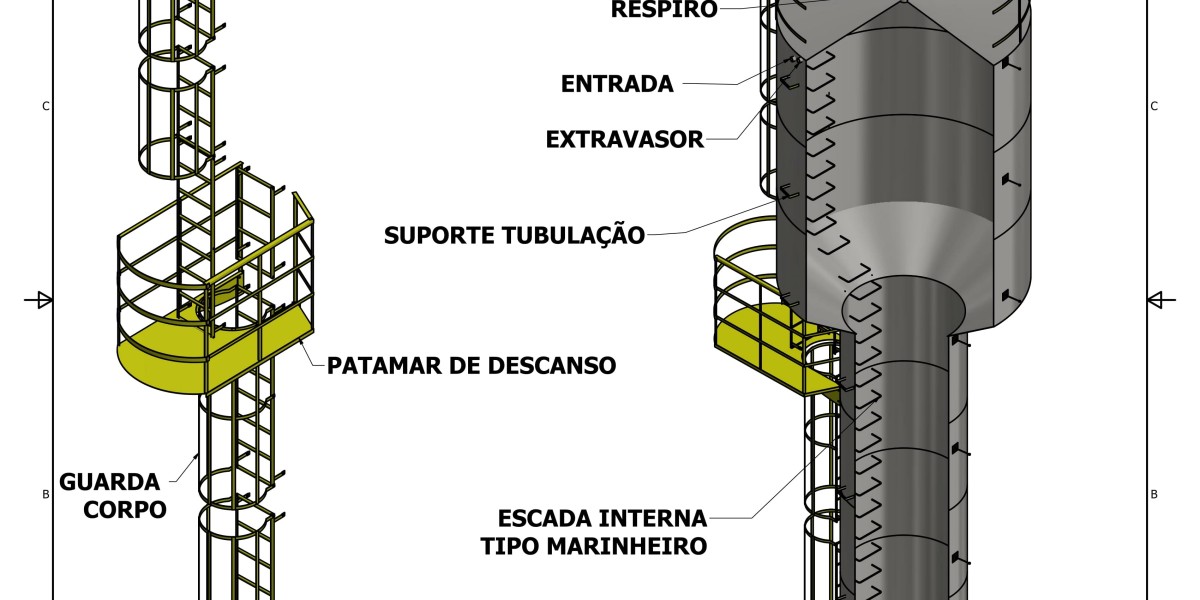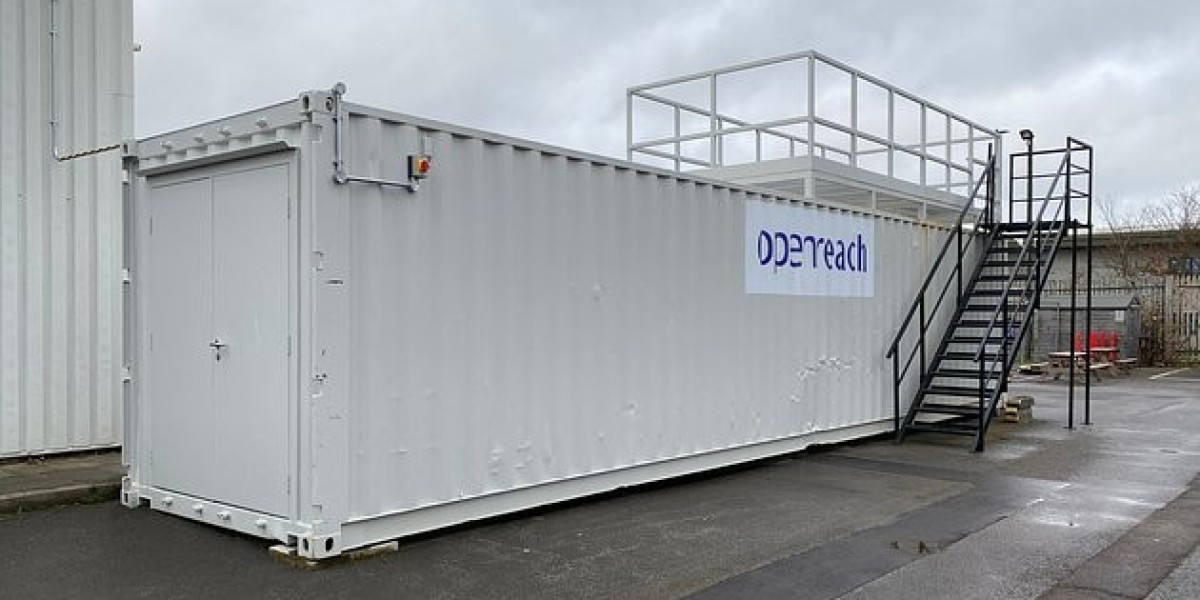In the world of renewable resource and ecological sustainability, a fascinating idea has actually arised, recording the imagination of scientists, conservationists, and the public alike: the Sunlight Loophole Sync. This appealing idea revolves around the tactical use of sunshine, not just as a direct source of power via photovoltaic panels, but as a diverse tool that can substantially boost power effectiveness and reduce carbon impacts in means numerous have yet to fully appreciate. At its core, the Sunlight Loophole Sync seeks to integrate our lives and technological experiment the natural rhythms of the sun, exploiting what might be labelled as 'technicalities' in our present energy use patterns where to find sunlight loophole sync cultivate an extra lasting communication with our setting.
The structure of Sunlight Loophole Sync hinges on understanding and leveraging the fundamental properties of sunshine beyond mere lighting or energy generation. One of the most engaging applications remains in the realm of passive solar style in design. Deliberately buildings and metropolitan spaces that normally manage temperature level through sunshine administration, we can dramatically lower the requirement for man-made home heating in winter and air conditioning in summertime. This method includes tactical positioning of home windows, option of products with favorable thermal mass residential or commercial properties, and landscape design that matches these layouts. A building placed to capture the low-angle winter sun while reducing exposure throughout the warm summertime months can preserve extra constant internal temperatures, reducing power usage drastically. In addition, integrating photovoltaic glass, which not just generates power but also changes its opacity to minimize warm gain, showcases exactly how cutting-edge innovation and traditional layout concepts can function in tandem to manipulate the Sunlight Loophole Sync totally.
Beyond architecture, the Sunlight Loophole Sync concept reaches city preparation and agriculture, offering innovative methods to align our tasks more very closely with the sun's cycles. Urban preparation that focuses on sunlight accessibility for homes and green areas can enhance natural illumination and minimize reliance on artificial illumination, which accounts for a significant portion of a city's energy usage. In agriculture, strategies such as solar greenhouses use the sunlight's power to produce microclimates that can yield more diverse plants with less power and water input than conventional farming approaches. These instances highlight the potential of Sunlight Loophole Sync to change how we think about and make use of energy, stressing effectiveness and sustainability.
The possible benefits of totally applying the Sunlight Loophole Sync are large. Beyond the prompt environmental advantages, such as decreased greenhouse gas emissions and much less stress on limited all-natural resources, there are substantial economic and social advantages. Reduced energy bills for homes and companies, boosted food security with a lot more effective agricultural methods, and boosted lifestyle with much healthier living atmospheres are simply a few of the favorable end results. The innovation and investment spurred by adopting these concepts could lead to job development in brand-new industries, from green architecture and lasting city planning to sustainable power innovation. The shift to a model that embraces the Sunlight Loophole Sync can therefore be a key motorist in attaining not only ecological sustainability but likewise economic durability and social health.
To conclude, the Sunlight Loophole Sync represents an appealing frontier in our quest for a much more harmonious and sustainable presence with our earth. By reassessing exactly how we design our structures, organize our cities, and also grow our food, we can open the complete possibility of sunshine as a natural, abundant, and cost-free source. The difficulty currently hinges on promoting wider understanding, technology, and application of these principles throughout various sectors of culture. As we progress, it will be critical to continue exploring and fine-tuning these concepts, guaranteeing they can be adapted to various contexts and climates around the world. The trip toward an extra sustainable future is a collective undertaking, and the Sunlight Loophole Sync uses an engaging pathway that straightens carefully with the rhythms of the earth itself, guaranteeing a brighter, greener future for sunlight loophole sync all.

In the realm of sustainable power and environmental sustainability, a remarkable principle has actually arised, capturing the creativity of researchers, environmentalists, and the basic public alike: the Sunlight Loophole Sync. At its core, the Sunlight Loophole Sync looks for to integrate our daily lives and technological methods with the natural rhythms of the sunlight, manipulating what might be described as 'technicalities' in our current power usage patterns to promote a more sustainable interaction with our atmosphere.
The foundation of Sunlight Loophole Sync lies in understanding and leveraging the fundamental residential or commercial properties of sunlight beyond plain lighting or power generation. These examples highlight the possibility of Sunlight Loophole Sync to transform exactly how we think about and make use of energy, highlighting effectiveness and sustainability.





